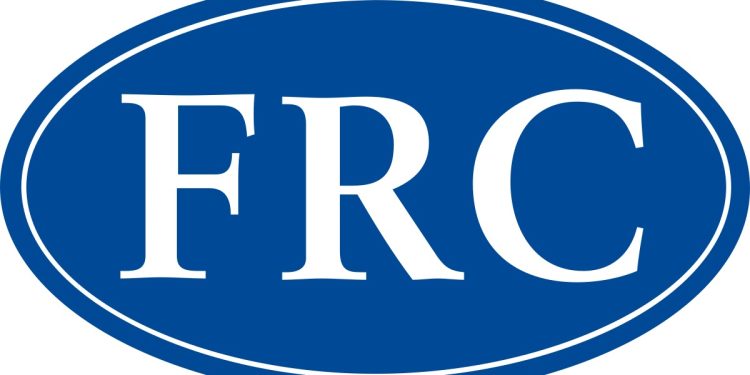Sustainability Disclosure Assurance Standards
The UK Financial Reporting Council (FRC) releases sustainability disclosure assurance standards, aimed at providing assurance guidelines for sustainable development information disclosure.
The Sustainable Disclosure Assurance Standards applies to all sustainable information and includes two parts: Reasonable Assurance and Limited Assurance.
Related Post: IAASB Releases International Standard on Sustainability Assurance ISSA 5000
Introduction to Sustainable Disclosure Assurance Standards
Sustainable information aims to enable users to understand sustainable risks and opportunities and assess the actual and potential impacts of businesses on the environment and society. The process of identifying and selecting sustainable issues for a company and determining the scope of the report is called materiality evaluation. The Sustainable Disclosure Assurance Standards aims to improve the quality of sustainable assurance services and assist practitioners in conducting corporate sustainable information assessment and disclosure actions.
The sustainable information provided by enterprises may be limited to specific indicators and targets and may cover regulatory policy requirements or voluntary disclosure. Sustainable information can be presented in sustainability reports or as part of annual reports. Sustainable information may only target the enterprise itself, or it may involve other enterprises within the group or enterprises in the value chain. Sustainable assurance practitioners need to consider obtaining information from assurance work such as financial statements and may need to communicate with other individuals.
When sustainable disclosure involves multiple aspects, practitioners can make reasonable and limited conclusions about different contents. These contents include climate, biodiversity, labor, supply chain, board of directors, etc., covering three aspects: environment, society, and governance. Starting from December 15, 2026, regardless of whether a company is listed or not, as long as it voluntarily releases sustainable information and seeks third-party assurance, it is required to comply with this standard.
Practitioners need to evaluate the disclosure framework chosen by the company, and when the disclosure includes upstream and downstream of the value chain, sufficient and appropriate evidence needs to be obtained. When there are material changes between the release of sustainability reports and sustainability assurance reports, practitioners may need to consider these changes. Overall, several areas of focus for sustainable disclosure assurance standards include:
- Relevance: Disclosure needs to help users make decisions, point to user decision-making scenarios, identify information needs, and provide detailed information for easy comparison.
- Integrity: Disclosure needs to cover all factors that can reasonably be expected to affect user decisions, including themes (environmental, social, and governance), boundaries (enterprise and its value chain), and accounting intervals.
- Reliability: Disclosure needs to be replicated by different users in different situations, and has reliability in terms of definition, calculation methods, and data sources.
- Neutrality: Disclosure needs to consider whether negative indicators, quantitative thresholds, weighted calculations, and other aspects are fair.
- Understandability: Disclosure needs to consider whether it is easy to read, easy to compare, and logical.
Reference:
International Standard on Sustainability Assurance (UK) 5000
ESG Advertisements Contact:todayesg@gmail.com








